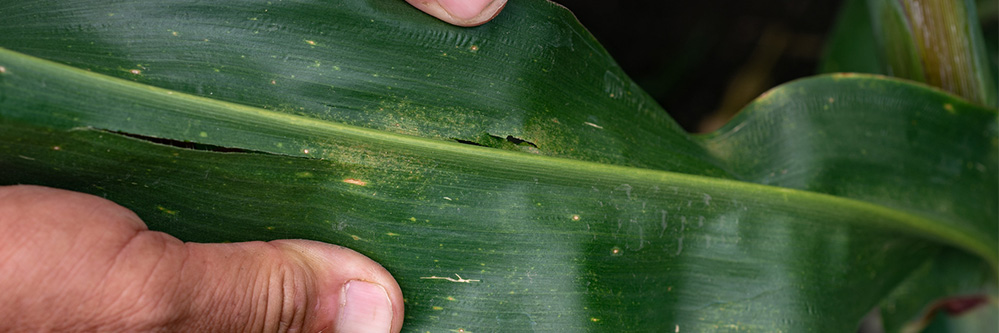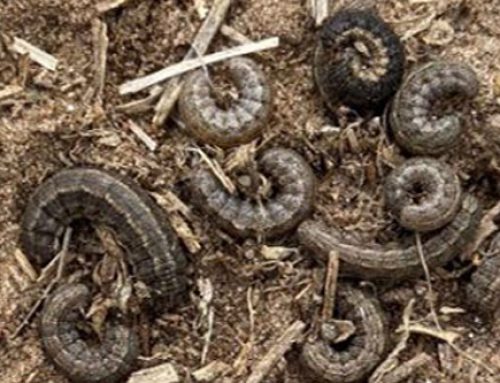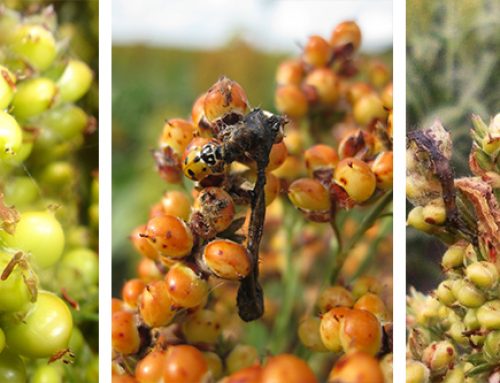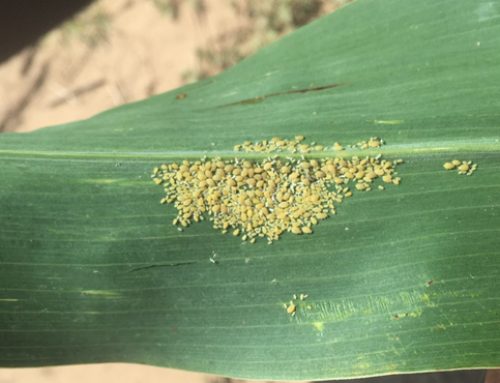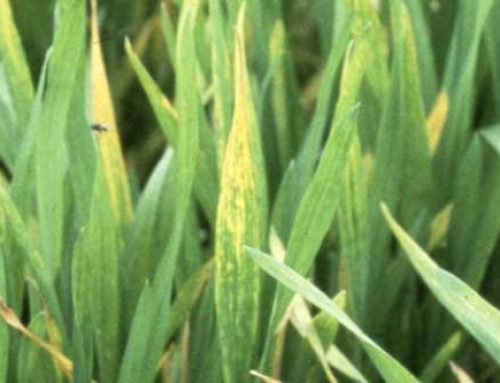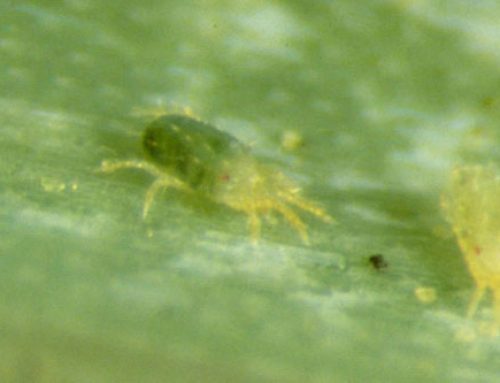Throughout the year, we look to our Agronomists and Precision Ag Specialists for their expertise and input on providing timely and knowledgeable articles to our customers and industry leaders via our electronic newsletter. Every summer, we challenge our Interns to do the same. We award up to 5 scholarships per year for winning articles. The purpose of this competition is to give our Interns a true feeling of becoming an experienced Agronomist, while showcasing their skills.
This article is written by our Intern, Kyler Feist.
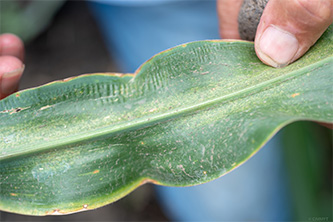
Spider mites are tiny arachnids that can be devastating to corn. I learned about spider mites during my internship in Montezuma, KS this summer. Spider mites can absolutely ruin a corn field. They tend to thrive in hot and dry weather, which we did not experience a lot of this summer until the end of July and the beginning of August. However, we still found mite colonies building in fields. I have learned that in years where there is a lack of rainfall and hundred degree temperatures these mites can take over a field rather quickly.
Spider mites are typically found on the underside of a corn leaf. When the colonies of mites get thick, they build heavy webbing on the underside of the leaf. These mites tend to suck the juices and nutrients out of a corn leaf which can lead to leaf desiccation, leaf loss, kernel shrinkage, and weaker stalks.
There are several beneficials that feed on mites such as ladybugs, minute pirate bugs, big-eyed bugs, and predatory mites. These insects can eat colonies of the mites and are instrumental in controlling mite populations when used in conjunction with miticides. Spider mites often travel with dust, so fields next to dirt roads typically have higher mite pressure. Before the mites move into the crop, they are often found in ditches that haven’t been mowed and are full of weeds and grasses. So, keeping the road ditches clean is a viable cultural control option.
In Southwest Kansas, we struggle mostly with two-spotted spider mites and banks grass mites. These mites can also be controlled with various miticides. These chemicals usually take a little while to kill the mites so miticides are more effective when applied before populations get out of hand. Mites typically start feeding on the lower leaves and stay there for a while before moving up the plant after tassel time.
It is usually a good time to spray for them when we see an increase in the number of colonies per plant and when they start moving up the plant and before they move to the middle and upper leaves.
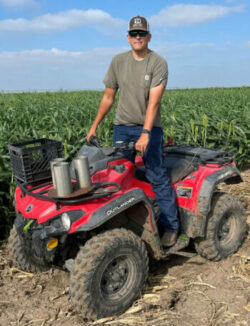
As an agronomist it is important to know how mites impact a plant because although they are just tiny insects, they can make a big impact on a corn crop. Farmers will appreciate the sharp eye of a knowledgeable agronomist when they find spider mites in the field!
Written by: Kyler Feist, Intern – Montezuma, KS Division
Featured Images: CIMMYT / Alfonso Cortés

